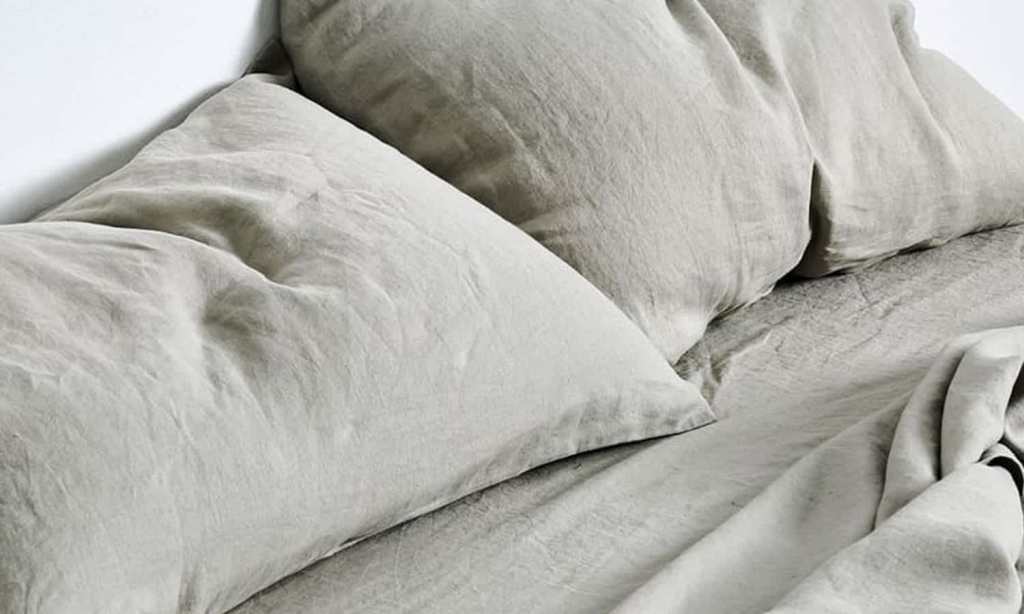Sleep is vital for both our physical and mental restoration and helps us feel rested and rejuvenated with each morning that follows a good night’s sleep.
But Australians, in general, are troubled sleepers, with new YouGov research finding that one in three Australians are not getting enough sleep, and when we are asleep it would seem that only 15% of us are sleeping through the night without waking up.
When we don’t get enough rest, our attention, memory and mood suffer, our likelihood of depression increases, and physically, a lack of sleep can make us prone to serious medical conditions like heart disease, high blood pressure and diabetes.
All of this is to say that it’s in our best interests to get quality shut-eye each night. So, if you are finding it hard to nod off and stay asleep at night, then one place you can start in the process of improving this, is with your bedroom design.
While a visit to your GP is always recommended if you find your quality of life is negatively impacted by your inability to sleep, you can also try these styling tips to help you at home.
Improve the Feng Shui of your space
Feng Shui principles suggest that a room with a disrupted flow of energy results in feelings of unease, and when it comes to the bedroom, an inability to rest completely.
Mistakes are so often made in the bedroom when it comes to Feng Shui, but the good news is that they’re easily fixed. First up, if your bed is positioned under a window with your feet pointing to the door (known as the coffin position), then you need to consider rearranging your space ASAP.
The best position for your bed in the room is with your headboard against a solid wall to ground you and provide a sense of security — even better if you leave a few centimetres of space between the bed and your wall.
Second, you need to remove all of that clutter from under your bed. A tough ask in smaller homes, where storage is limited, but experts swear a clean space under the bed is key ample energy flow and for helping you achieve a restful night’s sleep.
Lastly, try to avoid installing full-length mirrors into the space. If you can see yourself in a mirror while lying down, then something might need to change.

Add some greenery
Time and time again, indoor plants have been scientifically proven to better your life at home. From improving your fine motor skills to quite literally making you happier, there are countless reasons why we should all be filling our homes with greenery — and lots of it.
While you may think to display your plants in rooms more frequented by guests, it’s wise not to skip the bedroom when it comes to adding some pot plants and blooms. Specific plants like the snake plant and peace lily do well to remove toxins from the air and improve the overall air quality of your bedroom. For asthmatics and anyone with snoring issues, this may help you breathe a little easier.
Second, plants tend to have an overall calming effect and may help to lower feelings of stress and anxiety before bed. Should you struggle with nodding off, you could even spray lavender oil or keep a fresh posy next to your bed. The flower’s aroma has been found an effective natural sleep aid.

Invest in your bedding
You may think your mattress is comfortable, but if you find you’re tossing and turning and waking up with muscular discomfort, then it may be time for an upgrade. The mattress market has evolved to suit the needs of the modern buyer with a range of new quality mattress retailers with products at inclusive pricepoints.
The original Koala mattress is a favourite for its award-winning comfort and breathable textile, plus it’s delivered in four hours, compressed in a box, with a 120-night risk-free trial and a 10-year warranty (starting from $750).
Second to your mattress, your bedding is equally important. Natural, breathable fibres are best for achieving a good night’s sleep, and our pick would always be linen, bamboo or eucalyptus. These fibres are more eco-friendly than cotton and can have natural anti-bacterial and hypoallergenic properties.
In the Australian climate, there’s little need for high thread counts — instead of an impressive number, choose your bedding on its breathability and ability to regulate temperature. We love the 100% organic bamboo lyocell bedding from Aussie brand Ettitude.

Light it right
If you haven’t already made the switch to warm lighting in the bedroom, then you really need to get on that. Blue and cool-toned lights work against your body’s natural production of melatonin, the sleep hormone, and trick your body into thinking it’s daytime.
Opt for dim, warm lights by the way of lamps for creating a calming environment that will lull you into your slumber. And importantly, try to stay off your phone for one hour before sleep time.
The Sleep Health Foundation recommends not using your phone or any other technological distractions while in bed for the blue light these devices emit. Yes, you can put your phone on night mode, which will shift the light to warmer tones, however, any artificial light will impact your natural circadian rhythms, and so you’re best switching off with ample time before you close your eyes to ensure the best chance at a restful slumber.








